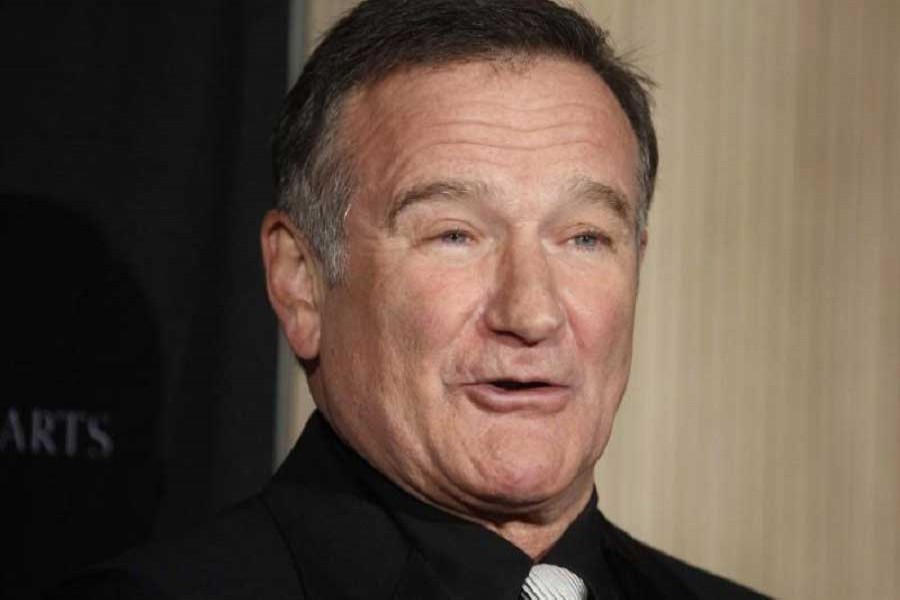Suicide rates in the United States spiked almost 10 percent following the death in 2014 of actor Robin Williams, and spiked even more among men and those who ended their lives, like Williams, by suffocation, according to a study published on Wednesday.
The study, published in the scientific journal PLOS One, found that in the five months from August to December 2014 some 18,690 deaths by suicide were recorded - an increase of 9.85 percent from the expected number of cases for the period.
Williams, the Oscar-winning star of “Good Morning, Vietnam” who was beloved for his humor, died in August 2014 at age 63 in a suicide that shocked fans worldwide. Authorities said he died of asphyxia after hanging himself at his home in northern California. An autopsy found that Williams was suffering from Lew body dementia, which causes a progressive decline in mental ability.
Suicides following Williams’ death rose by 12.9 per cent in men aged 30-44, and the study found a 32 per cent increase in the number of deaths from suffocation.
Although the study could not prove a definitive link, it said there appeared to be a connection. Extensive media coverage of Williams’ death “might have proved the necessary stimulus for high-risk segments of the US population (e.g. middle-aged men in despair) to move from suicidal ideation to attempt.”
While the effects of widely reported celebrity suicides have previously been linked to increases in the wider population, the study said media coverage of Williams’ suicide was particularly detailed and sensational and was amplified through social media.
The suicide in 1994 of Nirvana lead singer Kurt Cobain, for example, appeared to have a minimal impact on suicide rates in his Seattle home town, partly because of more restricted reporting, the study said, reports Reuters.
“The media industry can positively or negatively influence imitation suicides,” the study said. “Popular news media headlines suggest that media guidelines for suicide reporting were not followed in the case of Mr. Williams.”
The study used data collected by the Centers for Disease Control and Prevention.


